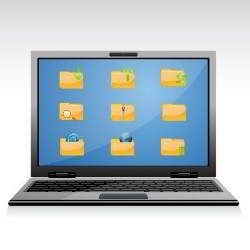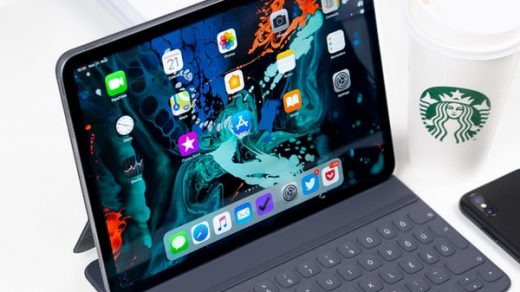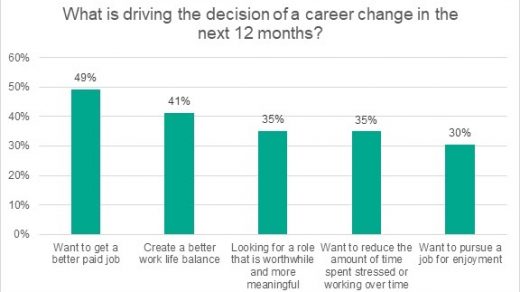The web is a place where new trends travel at the speed of bits, and several new design trends have been heading to displays faster than a neutrino.
According to stock photo provider Shutterstock, in 2012, minimalism was one of the top types of images with 1.8 million downloads. This year, flat design, a new, more sophisticated take on minimalism has appeared, and it’s taking off with web developers.
With the introduction of Windows 8, Microsoft may have unwittingly propelled the popularity of flat design concepts. Growing out of Microsoft’s typography-based metro design language, the user interface [UI] is more about delivery of information than looks.
But does flat design make websites boring?
A Reaction to Skeuomorphic Design
To answer this question, let’s first look at the roots of flat design. Starting with Apple and Steve Jobs’s original desire to bring computation to the masses rather than just the nerds, skeuomorphic design tried to emulate the real world that was familiar to people.
Navigation buttons, for example, have rounded edges and shadows to mimic a photo of a real 3-D button. Even names of computer elements were familiar to people — like file folders or mailboxes.

The ultimate skeumorphic design!
Like most things in life, of course, designers also overdid it. The ornamentation and details and graphical representations made the pages of a website quite cluttered, and the look was very busy and hard to navigate. Digital natives don’t need these crutches to help them zoom around on the web. In addition, they may have never used the hardcopy or analog versions of the digital elements. Skeuomorphic design in fact can make a website look old-fashioned!
Form Over Function
Many designers see skeuomorphic concepts used in UI for websites or mobile platforms as putting form over function. If the digital natives are looking at the tablet as a tool that helps them get through every aspect of their busy lives, then functionality should be first and foremost. Besides, after decades of computer use, just about everyone now knows how the digital world works and most likely has shed their analog tools. Do they even still make paper address or appointment books?

Digital natives don’t need cues from the analog world!
Proponents of flat design who bridge both the UI and back-end worlds argue that pages can load faster and code can be cleaner. It can also be used with any application and has extraordinary adaptability.
Smaller Platforms
Design of anything has to take into account the size of the display. One standard test of a new logo is to reduce it to business-card size. It’s amazing how hard it is to get the company’s branding concept from, much less read, a small version of a logo that is ornate. Mobile platform use for work and play has skyrocketed, and the small size requires a UI that has exceptional functionality. Flat design fits the bill perfectly when small size and speed are required.
So What Constitutes Boring?
Basically, lack of talent usually results in boring design. There is perhaps no building as simple in design as the modern art wing of the National Gallery of Art in Washington, D.C. Pei’s design could not be more simple, but boring? No, it has a beauty of lines and dimension and scale that are breathtaking no matter how many times you see it.
Imitators abound, and some pull off the uber-minimalist technique, but most don’t. So the world is filled with some very boring buildings!
Same with UI. In the hands of a talented designer with a great eye for graphics, any scheme will yield brilliant results. Clearly Microsoft could afford a world-class team to create the new flat design Windows 8 UI. For any business or programmer creating a website, easy availability of tools and templates have lured us to believe we are UI designers. All the poor or look-alike websites confirm this is not the case.
At the end of the day, collaboration with a truly creative UI expert is key to a flat design that is anything but boring.
Sarah Boisvert has worked at the intersection of Bits and Its since 1986. Her digital fabrication work includes 3D printing and laser micromachining, as well as graphical interface and website design. She writes extensively on digital design and fabrication, and profiles business, design, and technology leaders such as MediaShower.com.
Photo #1 Credit: “File Icons In Laptop” by digitalart via FreeDigitalPhotos.net
Photo #2 Credit: “Children Using Computer” by supakitmod via FreeDigitalPhotos.net




Recent Comments